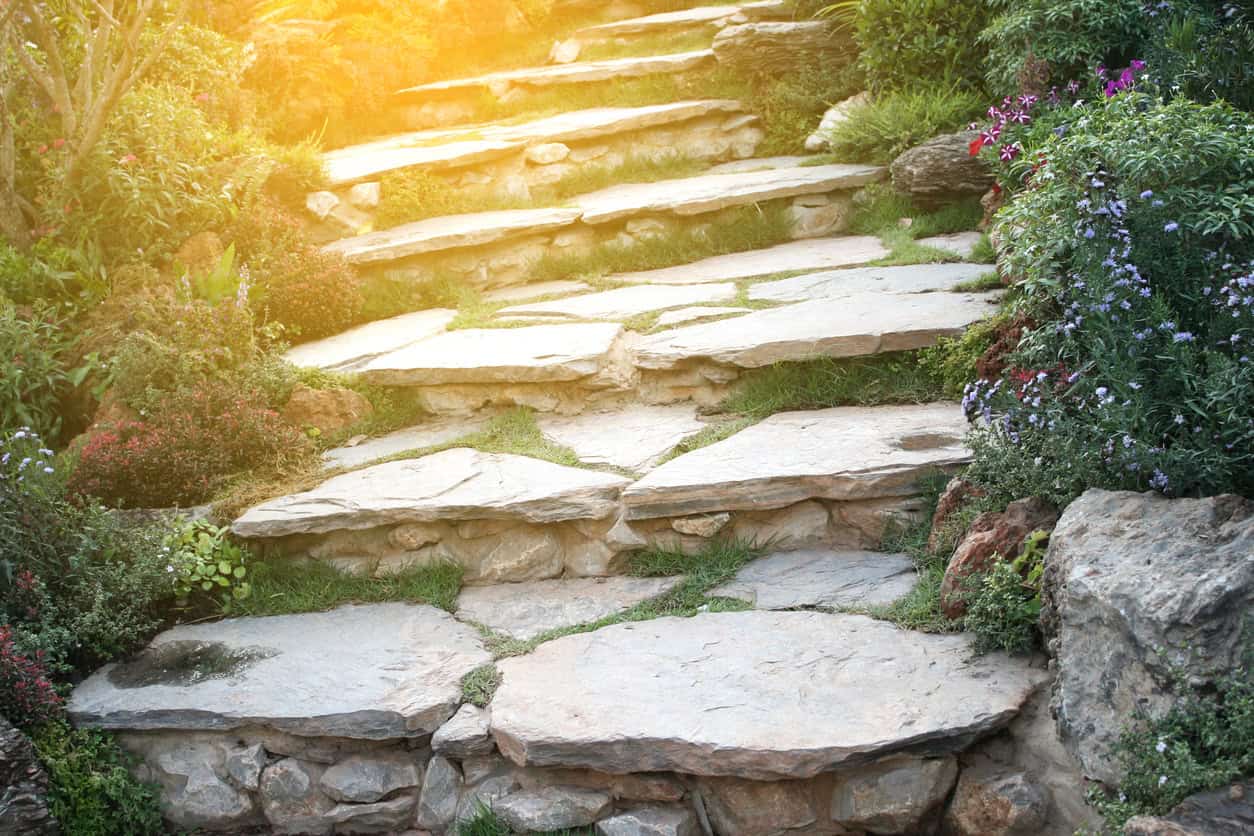
How to Create a Sustainable Garden that Helps Wildlife
June 26, 2018 Creating a sustainable garden that helps promote a balance of native plants is not only beneficial for wildlife, it makes for less need for harmful chemicals and more enjoyment of the outdoors.
Creating a sustainable garden that helps promote a balance of native plants is not only beneficial for wildlife, it makes for less need for harmful chemicals and more enjoyment of the outdoors.
Gardening is a rewarding experience as it connects one to nature and helps one’s mental health and physical health. Connecting with the outside world is a great way to wake up an individual’s senses. What if we go further and create a garden that not only looks and smells good, but also helps local wildlife?
The benefit of attracting wildlife to your garden is that it will make the garden feel alive and help to keep it beautiful. A careful selection of plants, well-planned layout and creation of wildlife habitat will create a natural balance between inhabitants and visitors to your garden.
One of the main benefits of creating a wildlife garden is natural pest control. Once a balance between the creatures living in a garden is accomplished, none of them can prevail and cause damage to garden plants. Birds and ladybugs will reduce aphids and other plant sucking populations. Frogs and hedgehogs control slugs. Meanwhile, bees and cross-pollinating insects are crucial for fruit and seed production.
FIND BEST NATIVE PLANTS TO SUPPORT WILDLIFE
One of the best ways to support wildlife is by using plant species native to your area. Native species will support a greater array of wildlife than if you plant that same area with non-native species. Keep in mind that wildlife needs these three basics – food, water and shelter.
With natural habitats disappearing at a rapid pace, we should no longer create gardens that appeal to us for their beauty. We need to fill those gardens with biodiversity, which helps support wildlife and sustainability.
From the simple acts of adding a bird bath to your garden to the more involved conversion of the local drainage ditch to a miniature cattail marsh, there are many ways you can play a role in wildlife conservation.
10 WAYS TO START BUILDING A GARDEN FOR WILDLIFE

One simple way to cater to local wildlife is to plant native oak trees, which support moths and butterflies populations. These in turn serve as food for birds. Native hedges and fruit trees provide both habitat and food for wildlife.
It is crucial to avoid using chemical products in your landscaping because of their toxicity to both humans and wildlife. In truth, chemicals cause more problems than they solve, as they drive away animal species that help control pests.
NATIVE PLANT FINDER
One reason that native plant preservation is crucial is that as developers destroy wildlife habitats, there is a chance that these plants could become extinct. If local gardeners do not grow certain native plants, they could disappear from the earth! There is great power in large numbers of people making small changes. Be part of the solution.